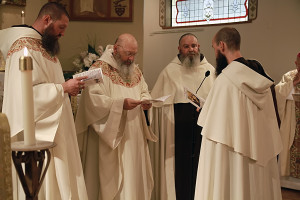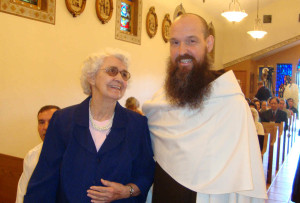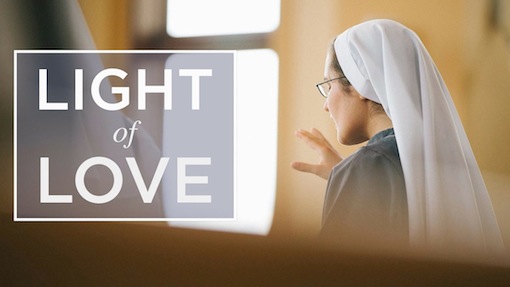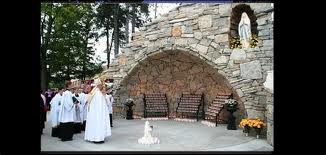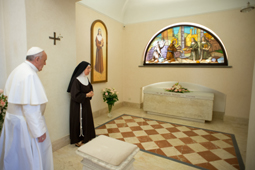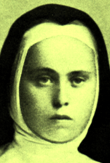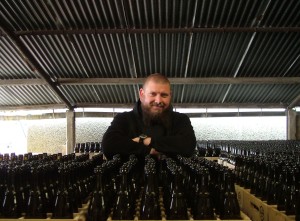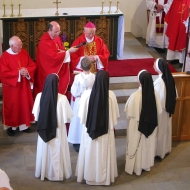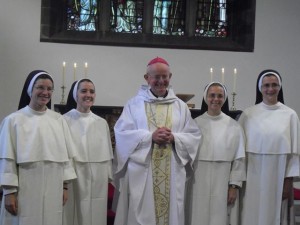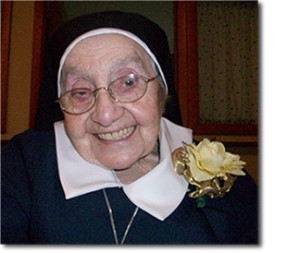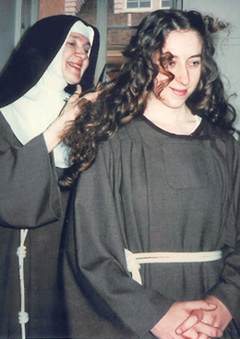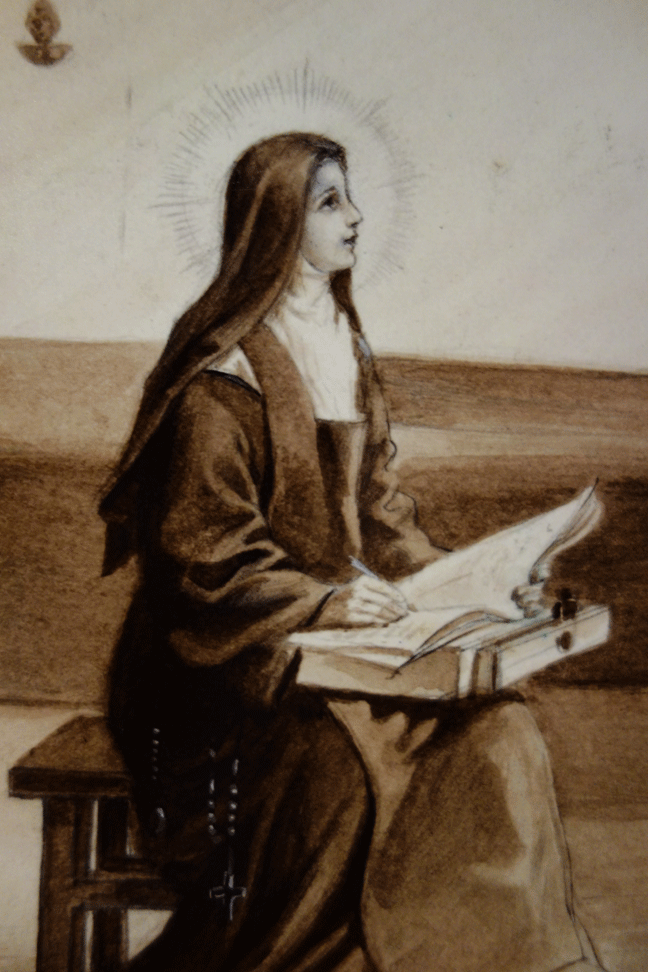
When the relics of St. Therese of Lisieux came to Chicagoland some years ago, the crowds that descended upon the Carmelite Monastery in Des Plaines were tremendous. Just to be in the presence of some of the earthly remains of this cloistered apostolic missionary inspired a lot of people to leave the comfort of home to venture out into the deep. One hundred plus years after her death, she continues to draw people to Christ.
Now there is another opportunity to venerate unique relics of this Doctor of the Church. On Thursday, September 19th, visitors to Santa Teresita, a nursing home for seniors in Duarte, California, will have the privilege of viewing the writing case of this beloved saint. St. Therese used the writing case (escritoire) to compose her spiritual masterpiece, Story of a Soul, as well as seven of her eight plays, 47 of her 62 poems, 95 of her 266 letters and 16 of her 21 prayers. It is the first time that this precious memento has left France. Also included in the display are a pen and inkwell that she used.
The tour is sponsored by the Pontifical Mission Societies in the United States. The relics will be on display in St. Joseph Chapel at Santa Teresita from 11:00 a.m. until 1:00 p.m. on the 19th. Additional stops in  September include San Antonio, Saint Louis and Metuchen, NJ. On October 1, St. Therese’s Feast day, the relics will be viewable at the Ven. Fulton J. Sheen World Mission Dinner in New York City. On October 4, they will be at the Basilica of the National Shrine of the Immaculate Conception in Washington, D.C. The latter event will be broadcast live, beginning at 10 a.m., on Eternal Word Television Network (EWTN).
September include San Antonio, Saint Louis and Metuchen, NJ. On October 1, St. Therese’s Feast day, the relics will be viewable at the Ven. Fulton J. Sheen World Mission Dinner in New York City. On October 4, they will be at the Basilica of the National Shrine of the Immaculate Conception in Washington, D.C. The latter event will be broadcast live, beginning at 10 a.m., on Eternal Word Television Network (EWTN).
Santa Teresita is run by the Carmelite Sisters of the Most Sacred Heart of Los Angeles. Their home for the elderly is named not after St. Teresa of Avila, their revered patroness, but St. Therese, the Little Flower. They were founded by Venerable Mother Maria Luisa Josefa of the Most Blessed Sacrament to provide loving service to the people of God in a variety of ministries.
“The soul of each Carmelite raises herself to Christ, who is her heaven, while her shadow falls in charity upon earth doing good to all people.” – Mother Luisita
